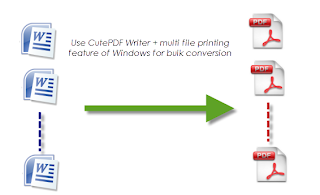
If I’m honest, I’d love to see some additions to the pre-installed software here as build times are pretty lengthy when I have to install all my dependencies first. Since Xcode Cloud agents have Homebrew pre-installed and configured, we’re able to quickly add most the tools we would use in iOS Development, including SwiftLint and Fastlane.ĭon’t forget to make your scripts executable using chmod +x script_name! We just need to create a file called ci_post_clone.sh, ci_pre_xcodebuild.sh or ci_post_xcodebuild.sh in a folder called ci_scripts.

The Xcode Cloud Workflow Lifecycle, © Apple, 2021. Since one of the main selling points of Xcode Cloud is that it’s quick to setup and simple to use, the more custom scripts we implement, the less value we are getting from this, but it’s nice to know we have this power if we need it. Xcode Cloud allows you to implement your own build scripts at specific points in the workflow: after cloning the code, before running the build and then after running the build. If you happen to use Azure DevOps (like me) – unlucky! Build Scripts According to a highly unscientific Twitter poll, it looks like this should work for around 100% of teams. Xcode Cloud works with Bitbucket, GitHub and GitLab version control providers.

Should we expect an XcodeOS (à la Chrome OS) to be announced in 2025. Combining this with the pull request support in Xcode 13, developers may have little reason to leave the IDE in a few years time. You complete the initial setup within Xcode and you can view the results of your builds in both of these places. The biggest differentiator of Xcode Cloud from its competition is that it’s built right into Xcode and App Store Connect. Great work, Apple! ✅ Integration Apple Tools I think this is the first time I’ve used a CI/CD provider where the build passes on the first run with no code-signing issues and no missing dependencies. You’ll need to enable Automatic Code Signing (if you haven’t already), but once you do, in true Apple-style, “it just works”. There’s nothing much to say here, which in itself says a lot. Combining these two processes can reduce the burden of deployment, helping us focus on regularly delivering great apps for our users.

Automation is essential for achieving our agile principle of delivering working software frequently. Gitflow is a great branching strategy for mobile apps.


 0 kommentar(er)
0 kommentar(er)
